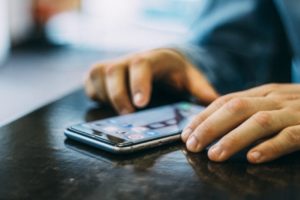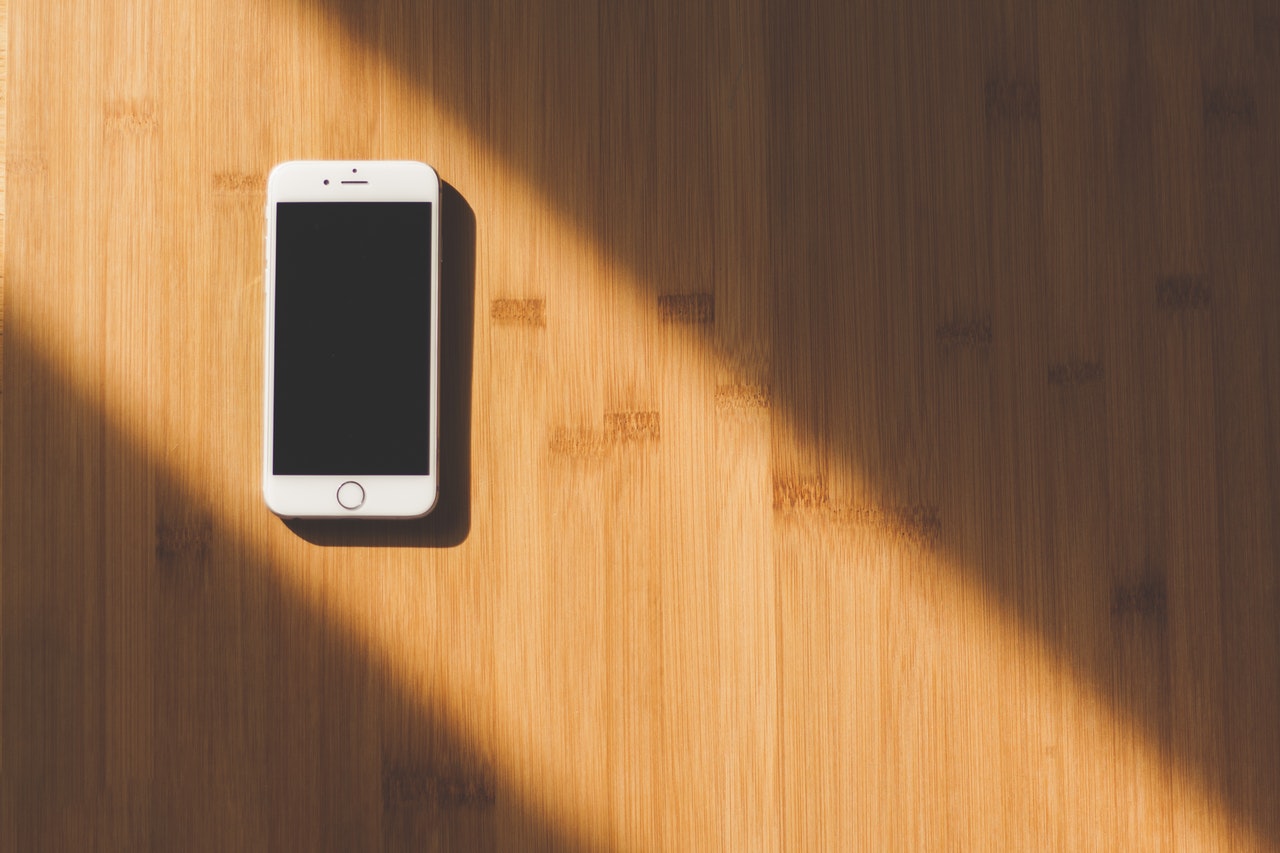If you’re a new iPhone owner, you might be feeling a bit confused by all the jargon associated with your shiny new device. But don’t worry, it’s easy to find your way around your iPhone once you’re familiar with some of the most commonly-used terms and acronyms. Read on for a useful glossary that will help get you up to speed quickly.
Accessibility
In the context of an iPhone, accessibility is a general term for the features – like larger text or LED flashes for alerts instead of sounds – that make the device easier to use for those with visual or physical impairments.
AirPlay
A feature that allows you to stream video or audio from your iPhone to a compatible device, like an Apple TV or a speaker system.
 App Store
App Store
You’ll become very familiar with the App Store as an iPhone owner: it’s a built-in app where you can buy third-party apps and games for your device.
Apple ID
A unique account identification, registered with Apple, for users of iOS devices. If you were using another Apple device, like an iPad, before you got your iPhone, then you may already have an Apple ID.
Banner notification
A notification menu that rolls down from the top of your iPhone’s screen to alert you when you have new messages or other updates.
Baseband
A generic nickname for the internal components of your iPhone that are responsible for phone calls and internet access; in other words, your iPhone’s modem firmware.
Dock
This is the fixed row of icons along the bottom of your display that remains stationary and doesn’t change when you swipe between your home screens.
Dock port
The proprietary 30-pin interface found on the iPhone and other Apple devices that allows for charging, audio and video connections, syncing to a desktop computer, and more.
FairPlay DRM
Apple’s digital rights management (DRM) technology that protects iBooks and iTunes movies, shows, videos, and apps from piracy.
Fast app switcher
This is Apple’s multitasking dock. Normally hidden behind the regular dock, iPhone users can access it by double-clicking the home button.
Home button
 One of the only physical hardware buttons found on the iPhone, the home button is found on the front of the device beneath the screen, and is used return to the home screen, open the fast app switcher, and perform other tasks.
One of the only physical hardware buttons found on the iPhone, the home button is found on the front of the device beneath the screen, and is used return to the home screen, open the fast app switcher, and perform other tasks.
Home screens
These 11 screens form the front end of Apple’s Springboard app launcher. They display folders, the Dock, the fast app switcher, and app icons.
iCloud
Apple’s cloud storage and cloud computing service, which allows photos, videos, documents, apps, and more to be stored securely in the cloud as well as ensure they are updated and accessible across devices.
iOS
The mobile operating system and software that power Apple’s mobile devices, including the iPhone, iPad, iPod Touch, and Apple TV.
iTunes
Software that allows Apple device users to manage media including music, movies, shows, apps, and books.
Jailbreak
The process of breaking open Apple’s root security on an iPhone in order to allow third-party apps from outside the App Store to be run on a device.
Jiggly mode
If you tap and hold an app or other icon on your iPhone’s display, it will begin to “jiggle.” This means that, without releasing your tap, you can move the icon from screen to screen, place it into a folder, delete it, or force quit.
Lock screen info
The notifications that are displayed on an iPhone screen that is woken from sleep, but still locked.
Notification center
To view any recent notifications, simply pull down this list, which is accessible from the home screen or within any iOS app.
Open source
The name for software whose available source code gives users the right to study, change, and improve. (The foundation of iOS was built on a type of open source software.)
Personal hotspot
An iPhone feature that gives the user the ability to essentially turn the device into a mobile Wi-Fi router.
Ping
Apple’s social music network, launched in September 2010, that is found inside iTunes.
Safari
Apple’s web browser, the default browser found on the iPhone.
Siri
 The intelligent virtual digital assistant, found on the iPhone 4S and up, that replaced previous voice control features.
The intelligent virtual digital assistant, found on the iPhone 4S and up, that replaced previous voice control features.
Sleep/wake button
Found on top of the iPhone, this is the physical hardware button that is used to power the device on and off, as well as put it to sleep or wake it from sleep.
Springboard
The Apple program that runs that iOS home screen.
USB
A method of connecting mobile devices to a computer; the dock port on the iPhone can be plugged into the USB port of a computer. The acronym stands for “Universal Serial Bus.”
VPN
VPN is an acronym for “Virtual Private Network.” This is a method for providing secure internet access via a private network, such as a company or school network.

